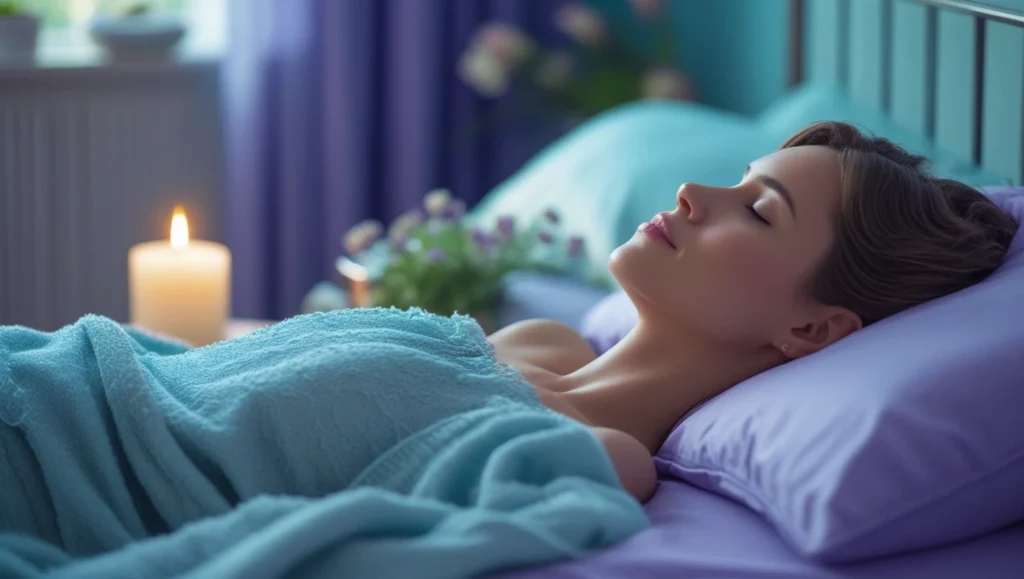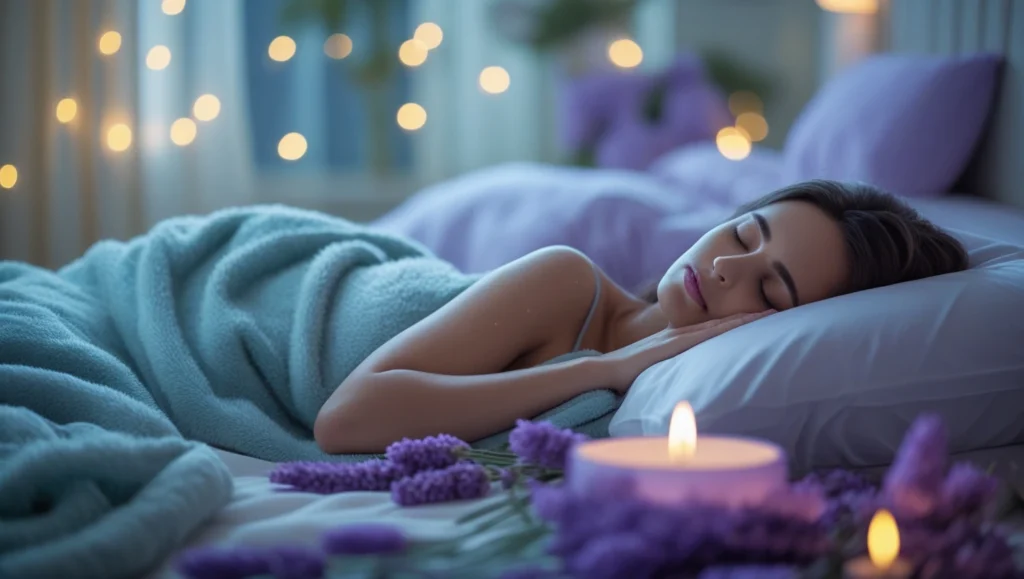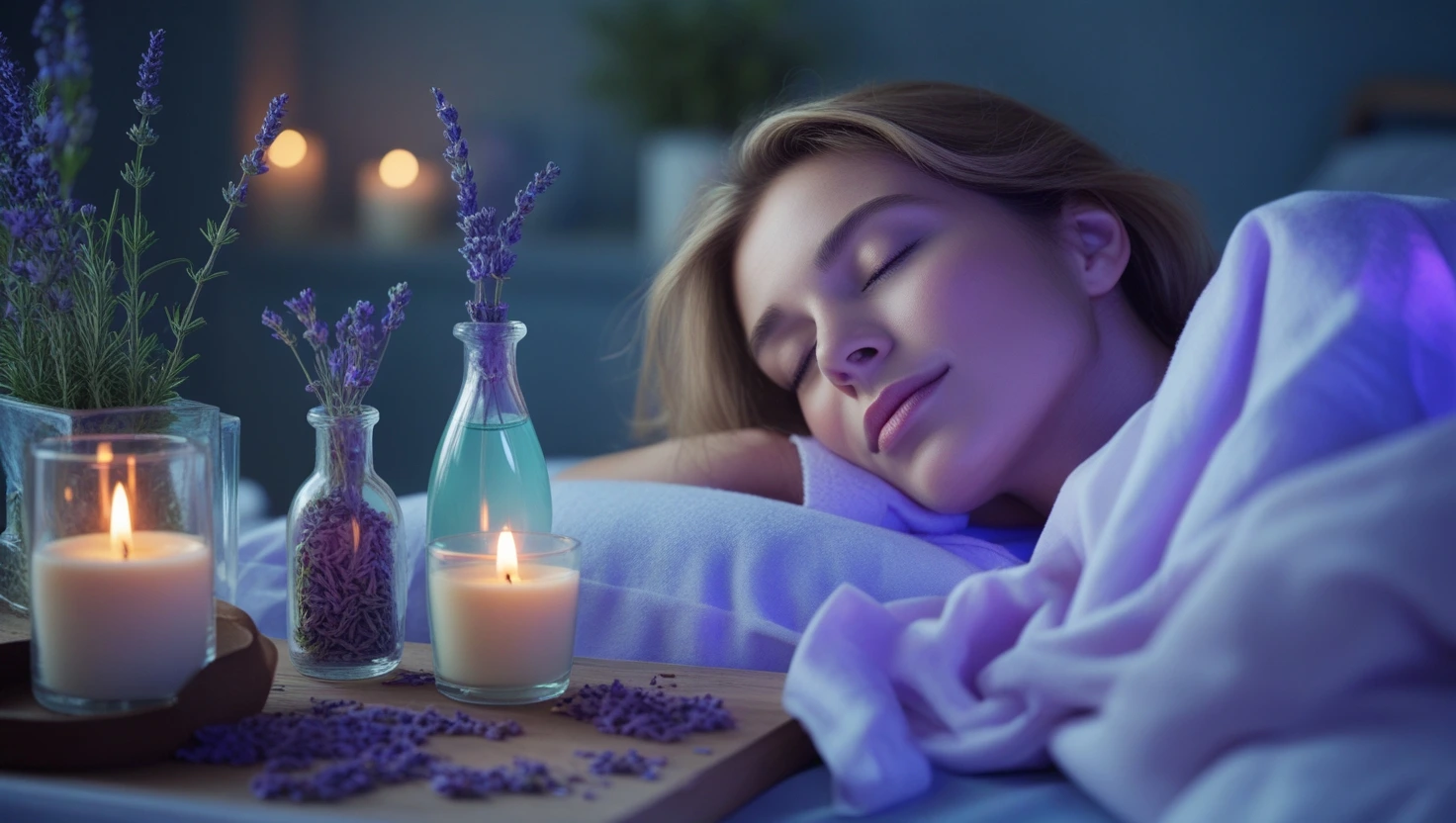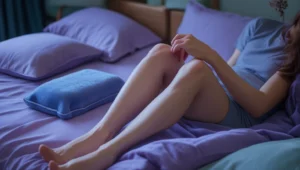Insomnia is a common sleep disorder that affects millions of people worldwide. It can lead to difficulty falling asleep, staying asleep, or waking up too early, resulting in fatigue, irritability, and poor concentration. Fortunately, there are effective ways to treat and even cure insomnia naturally. This article provides a step-by-step guide to overcoming insomnia using lifestyle changes, relaxation techniques, and medical interventions when necessary.
Step 1: Identify the Cause of Your Insomnia
Before treating insomnia, it’s important to understand its root cause. Common causes include:
- Stress & Anxiety (work pressure, financial worries, relationship issues)
- Poor Sleep Habits (irregular sleep schedule, excessive screen time before bed)
- Medical Conditions (thyroid disorders, chronic pain, acid reflux)
- Lifestyle Factors (caffeine, alcohol, nicotine, late-night eating)
- Environmental Factors (noise, light, uncomfortable mattress)
Keeping a sleep diary for 1-2 weeks can help identify patterns.
Step 2: Improve Sleep Hygiene
Sleep hygiene refers to habits that promote better sleep. Follow these steps:
A. Set a Consistent Sleep Schedule
- Go to bed and wake up at the same time every day (even on weekends).
- Aim for 7-9 hours of sleep per night.
B. Create a Relaxing Bedtime Routine
- Avoid screens (phones, TV, laptops) 1 hour before bed (blue light disrupts melatonin production).
- Engage in calming activities like reading, meditation, or light stretching.
C. Optimize Your Sleep Environment
- Keep the bedroom cool (60-67°F), dark, and quiet.
- Use blackout curtains, earplugs, or a white noise machine if needed.
- Invest in a comfortable mattress and pillows.

Step 3: Adjust Your Diet & Lifestyle
A. Limit Stimulants
- Avoid caffeine (coffee, tea, energy drinks) after 2 PM.
- Reduce alcohol intake—it disrupts deep sleep.
- Quit smoking, as nicotine is a stimulant.
B. Eat Sleep-Friendly Foods
- Foods rich in magnesium (almonds, spinach), melatonin (cherries, oats), and tryptophan (turkey, bananas) promote sleep.
- Avoid heavy meals 2-3 hours before bed.
C. Exercise Regularly
- Moderate exercise (walking, yoga, swimming) improves sleep quality.
- Avoid intense workouts close to bedtime (they can be stimulating).
Step 4: Practice Relaxation Techniques
Stress and anxiety are major contributors to insomnia. Try these methods:
A. Deep Breathing (4-7-8 Technique)
- Inhale for 4 seconds.
- Hold breath for 7 seconds.
- Exhale slowly for 8 seconds.
Repeat 4-5 times before bed.
B. Progressive Muscle Relaxation (PMR)
- Tense and relax each muscle group (toes → legs → arms → face) to release tension.
C. Meditation & Mindfulness
- Apps like Headspace or Calm offer guided sleep meditations.
Step 5: Consider Natural Supplements & Therapies
If lifestyle changes aren’t enough, try:
- Melatonin (0.5-5 mg) – Helps regulate sleep cycles.
- Magnesium Glycinate (200-400 mg) – Promotes relaxation.
- Valerian Root & Chamomile Tea – Natural sedatives.
- Cognitive Behavioral Therapy for Insomnia (CBT-I) – A structured program to change negative sleep thoughts.

Step 6: When to Seek Medical Help
If insomnia persists for more than 3 months, consult a doctor. They may prescribe:
- Short-term sleep aids (Zolpidem, Eszopiclone)
- Antidepressants (if anxiety/depression is the cause)
Final Thoughts
Curing insomnia requires a holistic approach—improving sleep habits, reducing stress, and making lifestyle adjustments. By following these steps consistently, most people can restore healthy sleep patterns naturally.
Key Takeaway: Stick to a routine, minimize stress, and create a sleep-friendly environment for long-term relief from insomnia.
Advanced Treatment for Insomnia – Additional Strategies for Long-Term Relief
Step 7: Cognitive Behavioral Therapy for Insomnia (CBT-I)
CBT-I is the gold-standard treatment for chronic insomnia, with a success rate of 70-80%. Unlike sleeping pills, it provides long-term results by addressing the root causes of sleep problems.
Key Components of CBT-I:
A. Stimulus Control Therapy
- Only use the bed for sleep and intimacy (no TV, work, or phone scrolling).
- If you can’t sleep within 20 minutes, get up and do something relaxing (e.g., read a book in dim light) until drowsy.
B. Sleep Restriction Therapy
- Temporarily reduce time in bed to match actual sleep time (e.g., if you sleep 5 hours, limit bed time to 5.5 hours).
- Gradually increase sleep time as efficiency improves.
C. Cognitive Restructuring
- Challenge negative thoughts like “I’ll never sleep well again” and replace them with “I can train my body to sleep better.”
D. Relaxation Training
- Combines diaphragmatic breathing, guided imagery, and mindfulness to reduce bedtime anxiety.
Where to Get CBT-I:
- Online programs (Sleepio, CBT-I Coach)
- Therapists specializing in sleep medicine (check the Society of Behavioral Sleep Medicine directory)

Step 8: Advanced Relaxation & Biofeedback Techniques
For those with high stress or racing thoughts, these methods can help:
A. Autogenic Training
A self-relaxation technique where you repeat phrases like:
- “My arms and legs are heavy and warm.”
- “My heartbeat is calm and steady.”
B. Biofeedback Therapy
- Uses sensors to monitor muscle tension, heart rate, and brain waves.
- Teaches you to control physiological responses linked to insomnia.
C. Binaural Beats & Sound Therapy
- Listening to delta-wave (0.5-4 Hz) or theta-wave (4-8 Hz) frequencies can induce deep relaxation.
- Apps like Brain.fm or Endel provide science-backed sleep soundscapes.
Step 9: Light Therapy for Circadian Rhythm Disorders
If you struggle with delayed sleep phase (night owl syndrome) or early waking, light therapy can reset your internal clock.
How to Use Light Therapy:
- Morning Light Exposure (6-8 AM):
- Sit near a 10,000-lux lightbox for 20-30 minutes upon waking.
- Natural sunlight (even on cloudy days) works too.
- Evening Light Avoidance:
- Wear blue-light-blocking glasses after sunset.
- Use dim, warm lighting at home.
Step 10: When to Consider Medication (Short-Term Use)
While natural methods are preferred, short-term sleep aids may be necessary for severe cases.
A. Prescription Options
| Medication | Type | Best For | Side Effects |
|---|---|---|---|
| Zolpidem (Ambien) | Sedative-hypnotic | Falling asleep | Dizziness, memory lapses |
| Eszopiclone (Lunesta) | Sedative-hypnotic | Staying asleep | Metallic taste, grogginess |
| Ramelteon (Rozerem) | Melatonin agonist | Circadian rhythm issues | Minimal (non-habit-forming) |
Important:
- Use only 2-4 weeks to avoid dependence.
- Never mix with alcohol or opioids.
B. Over-the-Counter (OTC) Sleep Aids
- Diphenhydramine (Benadryl, ZzzQuil) – Antihistamine; may cause next-day drowsiness.
- Doxylamine (Unisom) – Stronger sedative effect but tolerance builds quickly.
Step 11: Alternative & Holistic Therapies
A. Acupuncture
- Shown to increase melatonin production and reduce insomnia symptoms.
- Targets points like HT7 (Heart 7) and Yintang (Third Eye).
B. Ayurvedic Remedies
- Ashwagandha (300-500 mg) – Reduces cortisol and anxiety.
- Brahmi (Bacopa Monnieri) – Calms the nervous system.
- Warm milk with nutmeg – Traditional sleep inducer.
C. Floatation Therapy (Sensory Deprivation Tanks)
- Floating in Epsom salt-infused water reduces stress and improves deep sleep.
Final Step: Maintenance & Preventing Relapse
- Track Progress – Use a sleep tracker (Oura Ring, Fitbit) to monitor improvements.
- Stay Consistent – Even after recovery, maintain good sleep hygiene.
- Manage Stress – Regular exercise, therapy, or journaling prevents setbacks.
Conclusion: A Multi-Pronged Approach Works Best
Curing insomnia often requires combining behavioral changes, relaxation techniques, and (if needed) short-term medical support. By systematically addressing physical, mental, and environmental factors, most people can achieve restful, uninterrupted sleep.
Need Personalized Advice?
- If insomnia persists despite these strategies, consult a sleep specialist for a polysomnography (sleep study) to rule out disorders like sleep apnea or restless legs syndrome.







